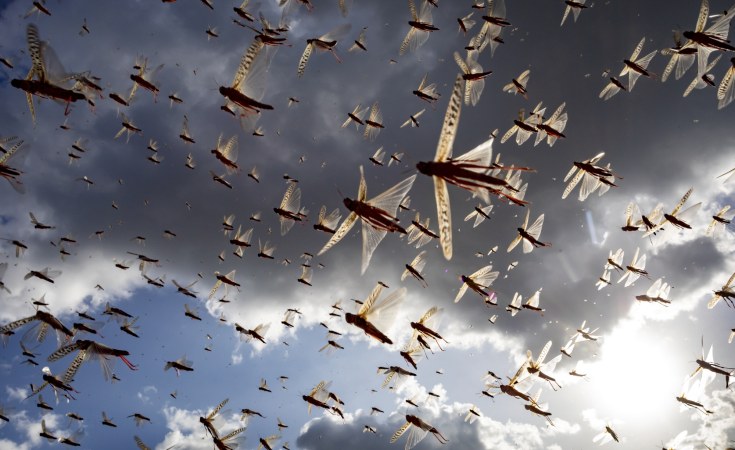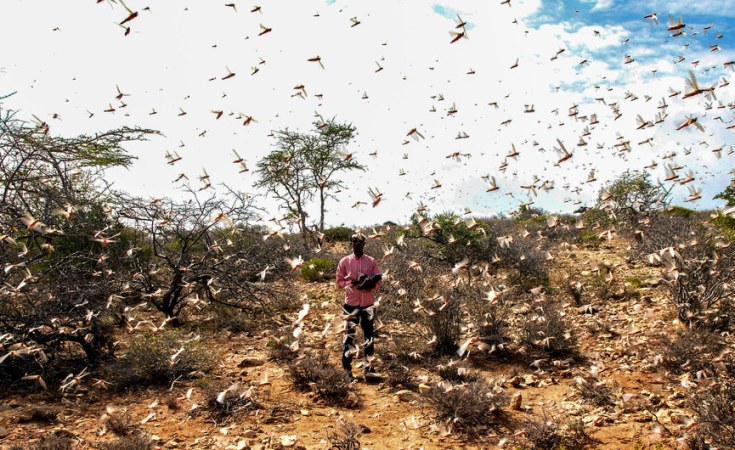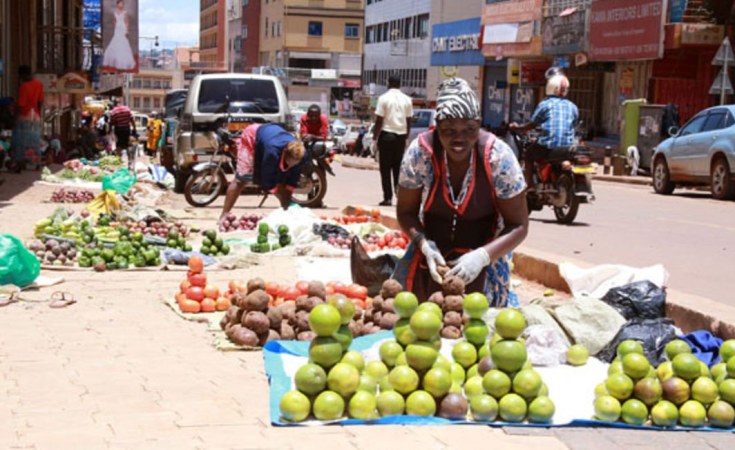(Reuters) - Myanmar's military junta has issued arrest warrants against six celebrities for encouraging strikes that have paralysed many government offices in protests against this month's coup, with total arrests since then now nearing 500
.

© Reuters/STRINGER Protest against the military coup in Yangon


© Reuters/SOE ZEYA TUN Myanmar citizens protest in Bangkok
Thousands of chanting protesters gathered on Thursday at a busy intersection near the main university in Yangon, the country's largest city, a witness said.
Students were also due to gather in a different part of the city to protests against the Feb. 1 coup and detention of elected leader Aung San Suu Kyi.
The street marches have been more peaceful than bloodily suppressed demonstrations in a previous half century of army rule, but they and the civil disobedience movement have had a crippling effect on much official business.© Reuters/STRINGER Protest against the military coup in Yangon
Many motorists in Yangon drove at a snail's pace in a show of opposition to the coup, a day after many pretended to be broken down to block the movement of police and army vehicles.
In the second-biggest city of Mandalay, protesters rallied to demand the release of two officials arrested in the coup.
Despite junta appeals for civil servants to return to work and threats of actions if they do not, there has been no sign of the strikes easing.
The army announced late on Wednesday that six celebrities, including film directors, actors and a singer, were wanted under an anti-incitement law for encouraging civil servants to join in the protest.
The charges can carry a two-year prison sentence.
Some of those on the list were defiant.
"It's amazing to see the unity of our people. People's power must return to the people," actor Lu Min posted on his Facebook page.
TRAIN SERVICES TARGETED
Train services have been badly disrupted and after dark on Wednesday, security forces in Mandalay confronted striking railway workers, opening fire with rubber bullets and catapults and throwing stones, residents said.
One charity worker was wounded in the leg by a rubber bullet.
Neither the army nor the police made any immediate comment on the incident, but the army's Facebook page said forces were providing security across the country to "make sure people have tranquillity and sound sleep".
The number of people known to have been detained since the coup halted a tentative transition towards democracy had reached 495 by Wednesday, Myanmar's Assistance Association for Political Prisoners said in a statement.
It said 460 were still being held.
The army took power after the electoral commission rejected its accusations of fraud in a Nov. 8 election swept by Suu Kyi's National League for Democracy (NLD) party, prompting anger from Western countries as well as the local protests.
More demonstrations were planned for Thursday - including by student groups and workers from different ethnic groups in the diverse country of more than 53 million people.
Coup opponents are deeply sceptical of junta promises to hand over power after a new election for which no date has yet been set.
Nobel Peace laureate Suu Kyi, detained since the coup, now faces a charge of violating a Natural Disaster Management Law as well as charges of illegally importing six walkie talkie radios. Her next court appearance has been set for March 1.
Suu Kyi, 75, spent nearly 15 years under house arrest for her efforts to bring democracy.
The army says that one policeman died of injuries sustained in a protest. One protester who was shot in the head during a protest in the capital Naypyitaw is being kept on life support, but doctors say she is not expected to survive.
(Writing by Matthew Tostevin, Robert Birsel; Editing by Lincoln Feast)
Thousands of chanting protesters gathered on Thursday at a busy intersection near the main university in Yangon, the country's largest city, a witness said.
Students were also due to gather in a different part of the city to protests against the Feb. 1 coup and detention of elected leader Aung San Suu Kyi.
The street marches have been more peaceful than bloodily suppressed demonstrations in a previous half century of army rule, but they and the civil disobedience movement have had a crippling effect on much official business.© Reuters/STRINGER Protest against the military coup in Yangon
Many motorists in Yangon drove at a snail's pace in a show of opposition to the coup, a day after many pretended to be broken down to block the movement of police and army vehicles.
In the second-biggest city of Mandalay, protesters rallied to demand the release of two officials arrested in the coup.
Despite junta appeals for civil servants to return to work and threats of actions if they do not, there has been no sign of the strikes easing.
The army announced late on Wednesday that six celebrities, including film directors, actors and a singer, were wanted under an anti-incitement law for encouraging civil servants to join in the protest.
The charges can carry a two-year prison sentence.
Some of those on the list were defiant.
"It's amazing to see the unity of our people. People's power must return to the people," actor Lu Min posted on his Facebook page.
TRAIN SERVICES TARGETED
Train services have been badly disrupted and after dark on Wednesday, security forces in Mandalay confronted striking railway workers, opening fire with rubber bullets and catapults and throwing stones, residents said.
One charity worker was wounded in the leg by a rubber bullet.
Neither the army nor the police made any immediate comment on the incident, but the army's Facebook page said forces were providing security across the country to "make sure people have tranquillity and sound sleep".
The number of people known to have been detained since the coup halted a tentative transition towards democracy had reached 495 by Wednesday, Myanmar's Assistance Association for Political Prisoners said in a statement.
It said 460 were still being held.
The army took power after the electoral commission rejected its accusations of fraud in a Nov. 8 election swept by Suu Kyi's National League for Democracy (NLD) party, prompting anger from Western countries as well as the local protests.
More demonstrations were planned for Thursday - including by student groups and workers from different ethnic groups in the diverse country of more than 53 million people.
Coup opponents are deeply sceptical of junta promises to hand over power after a new election for which no date has yet been set.
Nobel Peace laureate Suu Kyi, detained since the coup, now faces a charge of violating a Natural Disaster Management Law as well as charges of illegally importing six walkie talkie radios. Her next court appearance has been set for March 1.
Suu Kyi, 75, spent nearly 15 years under house arrest for her efforts to bring democracy.
The army says that one policeman died of injuries sustained in a protest. One protester who was shot in the head during a protest in the capital Naypyitaw is being kept on life support, but doctors say she is not expected to survive.
(Writing by Matthew Tostevin, Robert Birsel; Editing by Lincoln Feast)



















